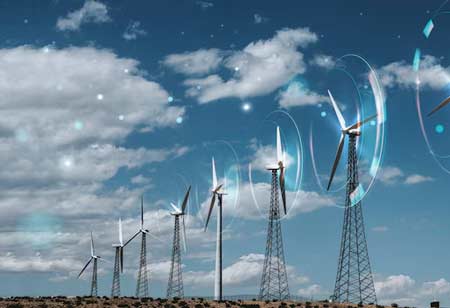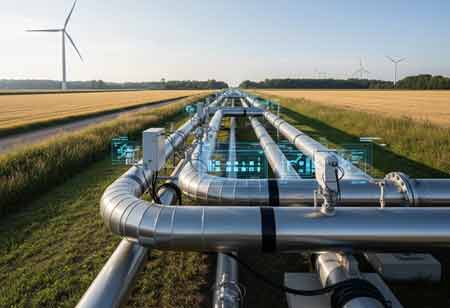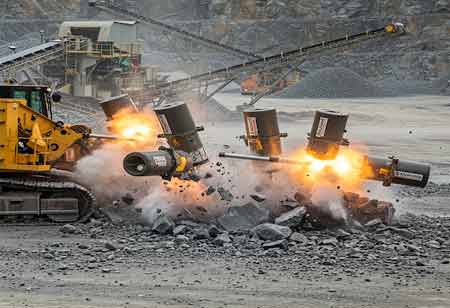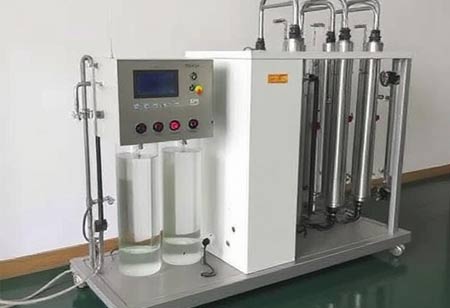CLOSE
Specials
I agree We use cookies on this website to enhance your user experience. By clicking any link on this page you are giving your consent for us to set cookies. More info
Be first to read the latest tech news, Industry Leader's Insights, and CIO interviews of medium and large enterprises exclusively from Energy Tech Review
Thank you for Subscribing
Wind Energy Myths Exposed: Shaping a Cleaner Future
Wind energy is misunderstood by many, with myths about efficiency, recycling, and health risks. These misconceptions hinder progress toward clean energy solutions.

By
Energy Tech Review | Tuesday, December 09, 2025
Stay ahead of the industry with exclusive feature stories on the top companies, expert insights and the latest news delivered straight to your inbox. Subscribe today.
Fremont, CA: Wind energy is increasingly seen as one of the most promising solutions for a sustainable, clean future. However, despite its growing contribution to the global energy supply, many misconceptions about wind power persist. These myths often create unnecessary skepticism and can hinder the development and adoption of wind energy. This article aims to debunk the six most common myths surrounding wind energy, clarifying how this renewable energy source truly operates.
Wind Turbines Only Stand Still
Wind turbines are not stationary but operate whenever there is wind, providing power to the grid for energy consumption. They may be stopped for maintenance, repairs, safety concerns, protection of wildlife, or overproduction. When functioning, they significantly contribute to the energy grid despite the misconception that they are stationary.
Wind Turbines Kill Birds
Wind turbines are thought not to kill large numbers of birds because they are not as harmful as windows, killing millions of birds yearly. To reduce the threats to wildlife, wind turbine planning instead entails stringent restrictions that guarantee turbines are positioned strategically in bird migration routes or breeding grounds. Compared to other man-made structures, the overall harm to birds is less.
Infrasound from Wind Turbines Causes Health Issues
Low-intensity infrasound, which is inaudible to the human ear, is a natural phenomenon produced by wind turbines. According to research, these sound levels are safe and don't result in health problems like headaches or lightheadedness. Perhaps the true problem is the psychological impacts of noise perception—rather than the actual sound. A variety of natural sources can produce infrasound.
Wind Turbines Cannot Be Recycled
Even though up to 90% of their parts can be recycled after their useful lives, wind turbines are not intrinsically recyclable. Since many of the elements of these turbines may be recycled for use in other industrial applications or new turbines, their design prioritizes sustainability. Recycling reduces the negative environmental effects of disposing of wind turbines.
Wind Energy Is Not Efficient
The myth that wind turbines produce enough energy to justify installation and maintenance is false. However, wind turbines are highly efficient, generating enough energy to offset the energy needed for manufacturing, installation, and maintenance. Over their 20-30-year lifespan, they continuously provide clean, renewable energy, making them one of the most efficient forms of power generation.
The Future of Renewable Energy
Debunking these myths highlights that wind energy is viable and essential in transitioning to a cleaner and more sustainable energy future. Wind turbines are efficient and eco-friendly and contribute significantly to reducing our dependence on fossil fuels. As the world prioritizes renewable energy, we must move beyond misconceptions and embrace wind power as a key part of our green energy solutions.

Copyright © 2025 Energy Tech Review. All rights reserved






